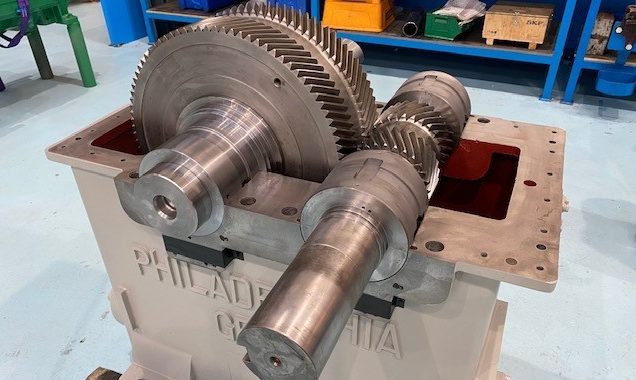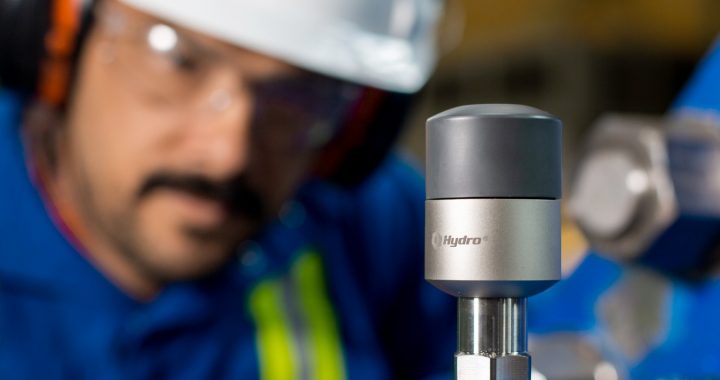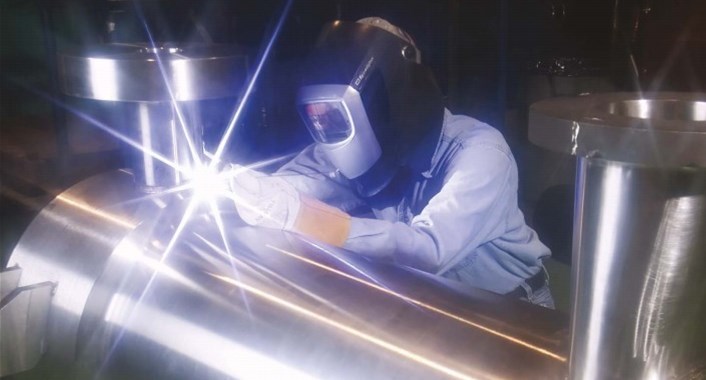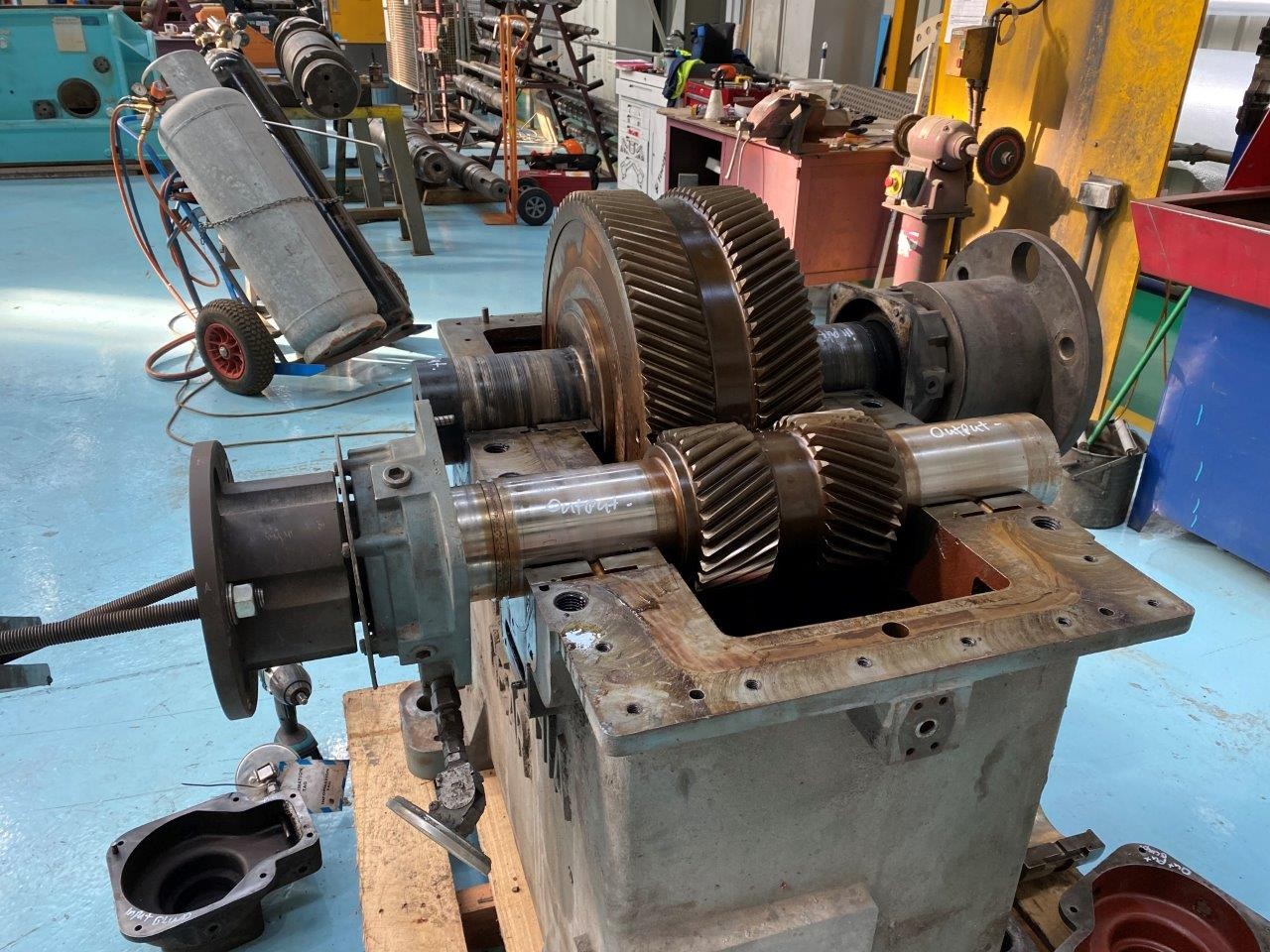
Case Studies
Condition Monitoring Uncovers Misalignment Issues
Hydro, Inc. is currently supporting a major refinery by providing remote condition monitoring on their critical rotating equipment. Centaur, Hydro’s condition monitoring solution, continuously collects real-time vibration and surface temperature levels on the customer’s pumps and drive trains. With these sensors, Hydro can work directly with the local technicians to utilize and take action upon the data to optimize rotating equipment maintenance strategies.
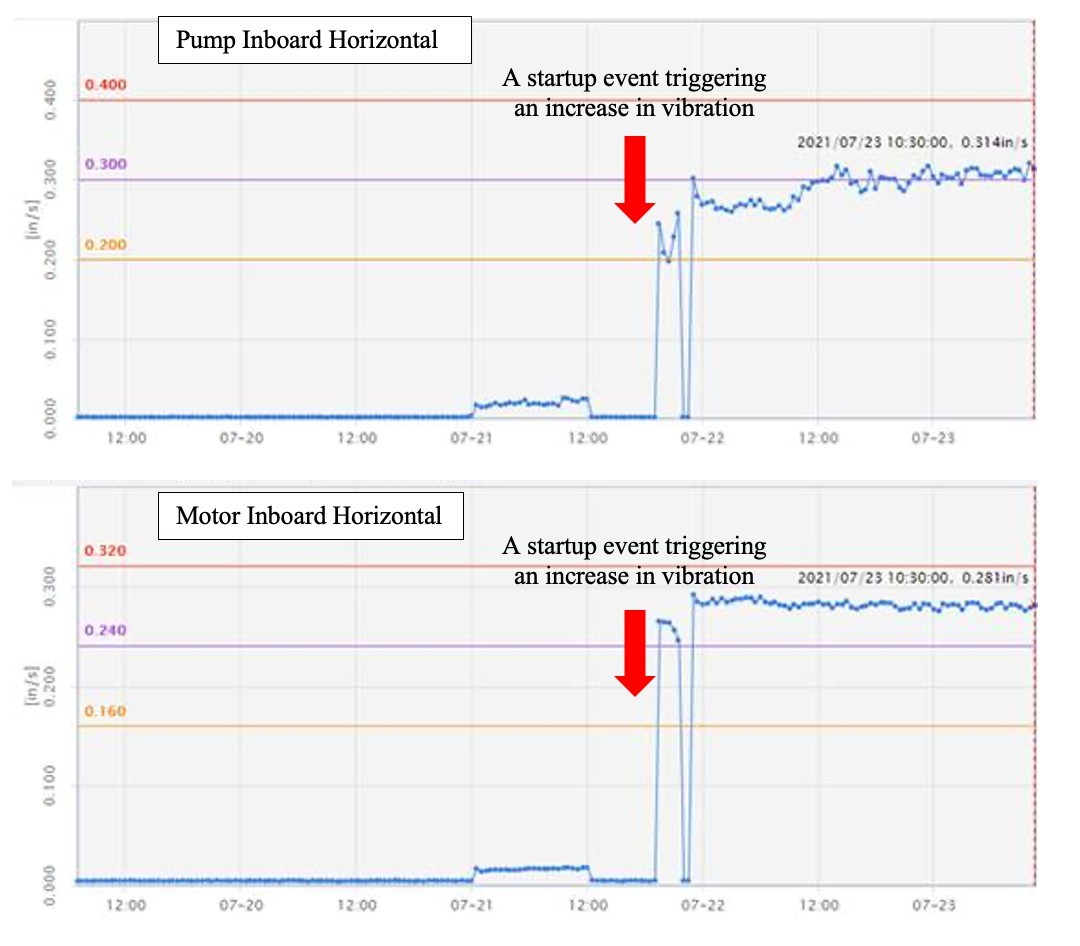
Testing Brings a Long-Term Solution
When an oil and gas vertical firewater pump suffered heavy abrasion and wear due to significant sand and particulate matter from a nearby river, HydroTex Golden Triangle, based in Beaumont, Texas, solved the problem, meeting the hydraulic requirements of the firewater system.
In this case, the impellers were severely worn, which meant that replacements and upgrades were needed if it was to meet the National Firewater Protection Agency (NFPA) hydraulic requirements. The critical pump was removed from service and classified as an emergency. The removal naturally resulted in downtime at the local site, so a quick turnaround was vital. Continue reading
Diving Deep Through Reverse Engineering
Hydro’s Werner Barnard, demonstrates the importance and value of reverse engineering critical pumps as part of a contingency planning strategy in the latest issue of World Fertilizer. Continue reading
10 Steps to Repair a Failing Vertical Pump
Hydro Reliability Services was called into a combined-cycle plant to determine the condition of the plant’s two condensate pumps. Losing one of the pumps to failure would cause the plant to be vulnerable to unplanned downtime and huge expenses.

